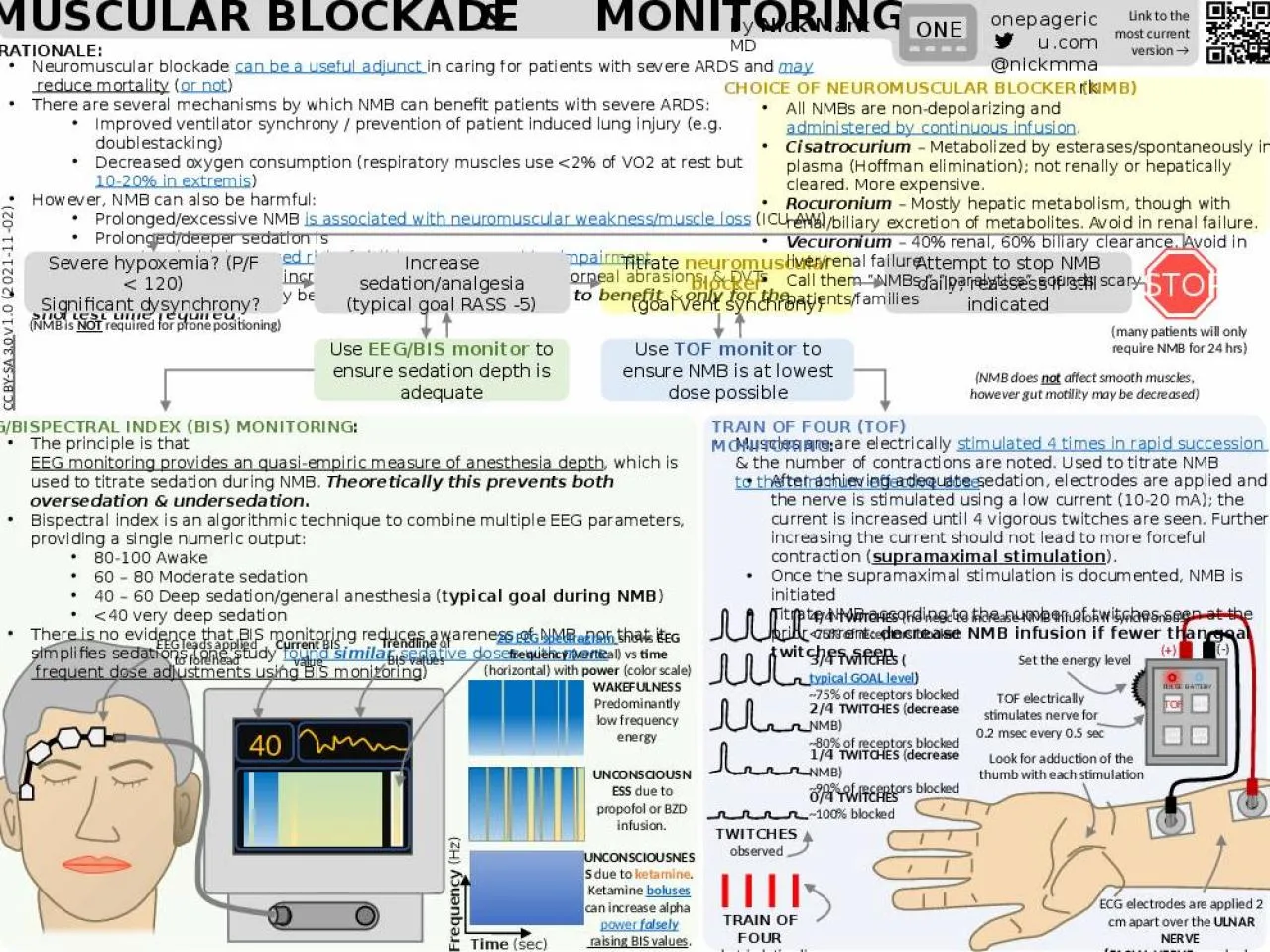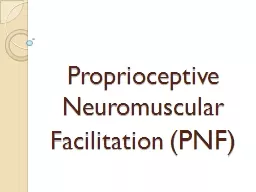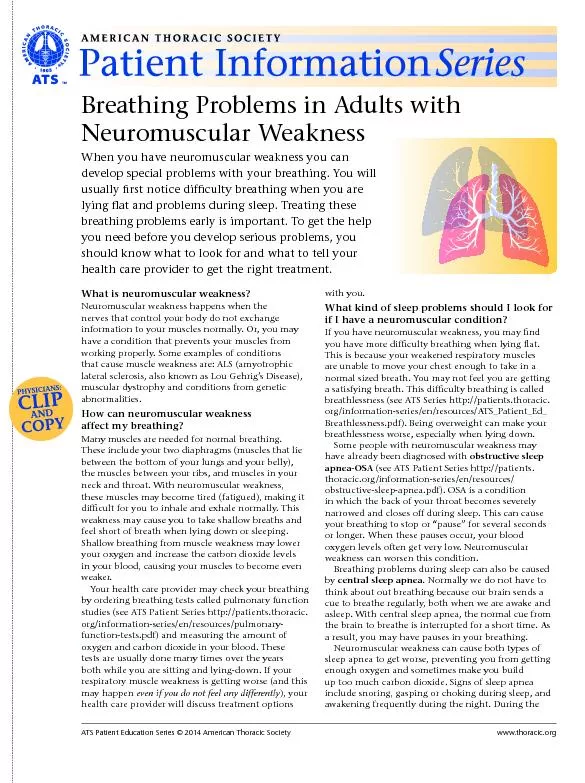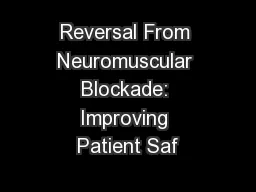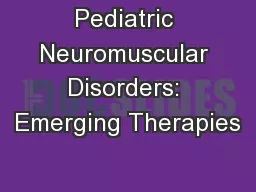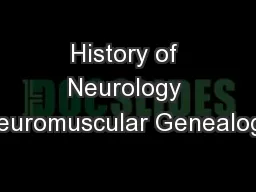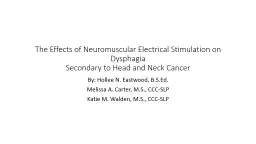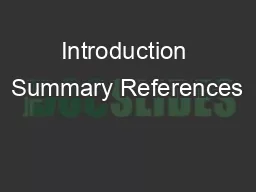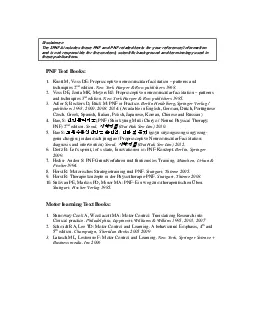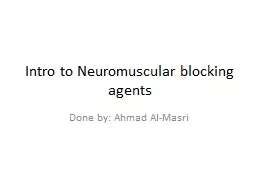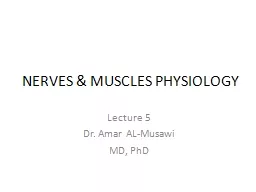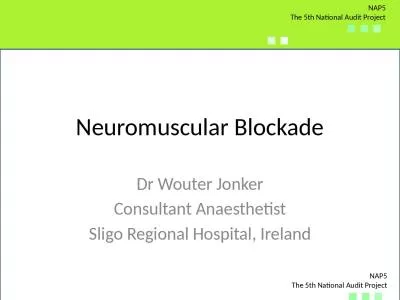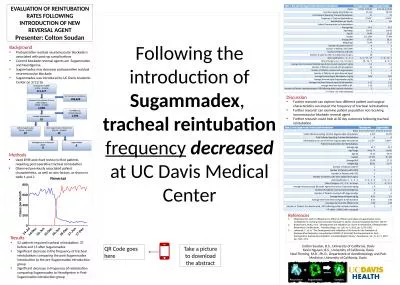PPT-neuromuscular blockade monitoring
Author : clara | Published Date : 2022-05-17
onepagericucom nickmmark Link to the most current version ONE Neuromuscular blockade can be a useful adjunct in caring for patients with severe ARDS and may
Presentation Embed Code
Download Presentation
Download Presentation The PPT/PDF document "neuromuscular blockade monitoring" is the property of its rightful owner. Permission is granted to download and print the materials on this website for personal, non-commercial use only, and to display it on your personal computer provided you do not modify the materials and that you retain all copyright notices contained in the materials. By downloading content from our website, you accept the terms of this agreement.
neuromuscular blockade monitoring: Transcript
Download Rules Of Document
"neuromuscular blockade monitoring"The content belongs to its owner. You may download and print it for personal use, without modification, and keep all copyright notices. By downloading, you agree to these terms.
Related Documents

